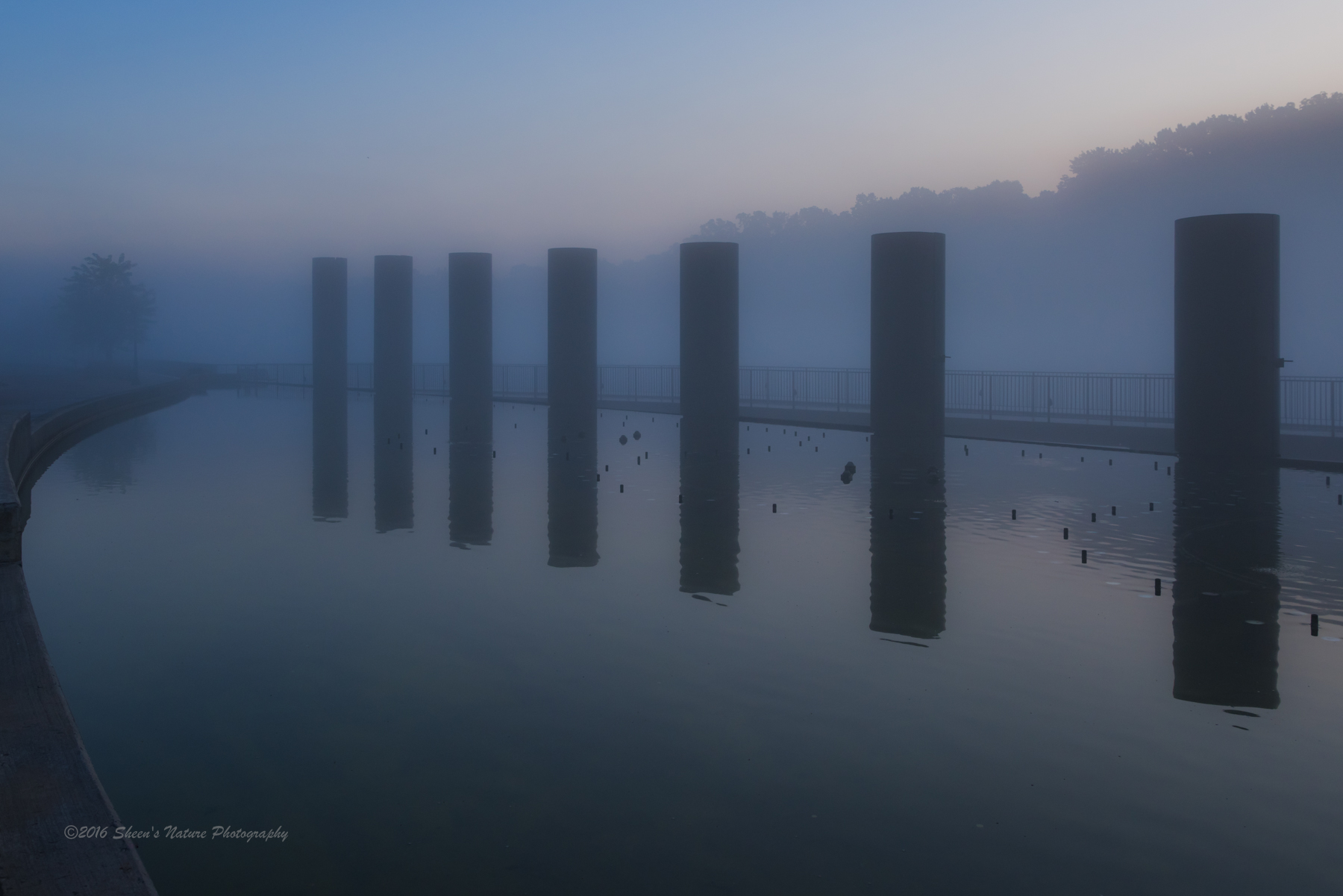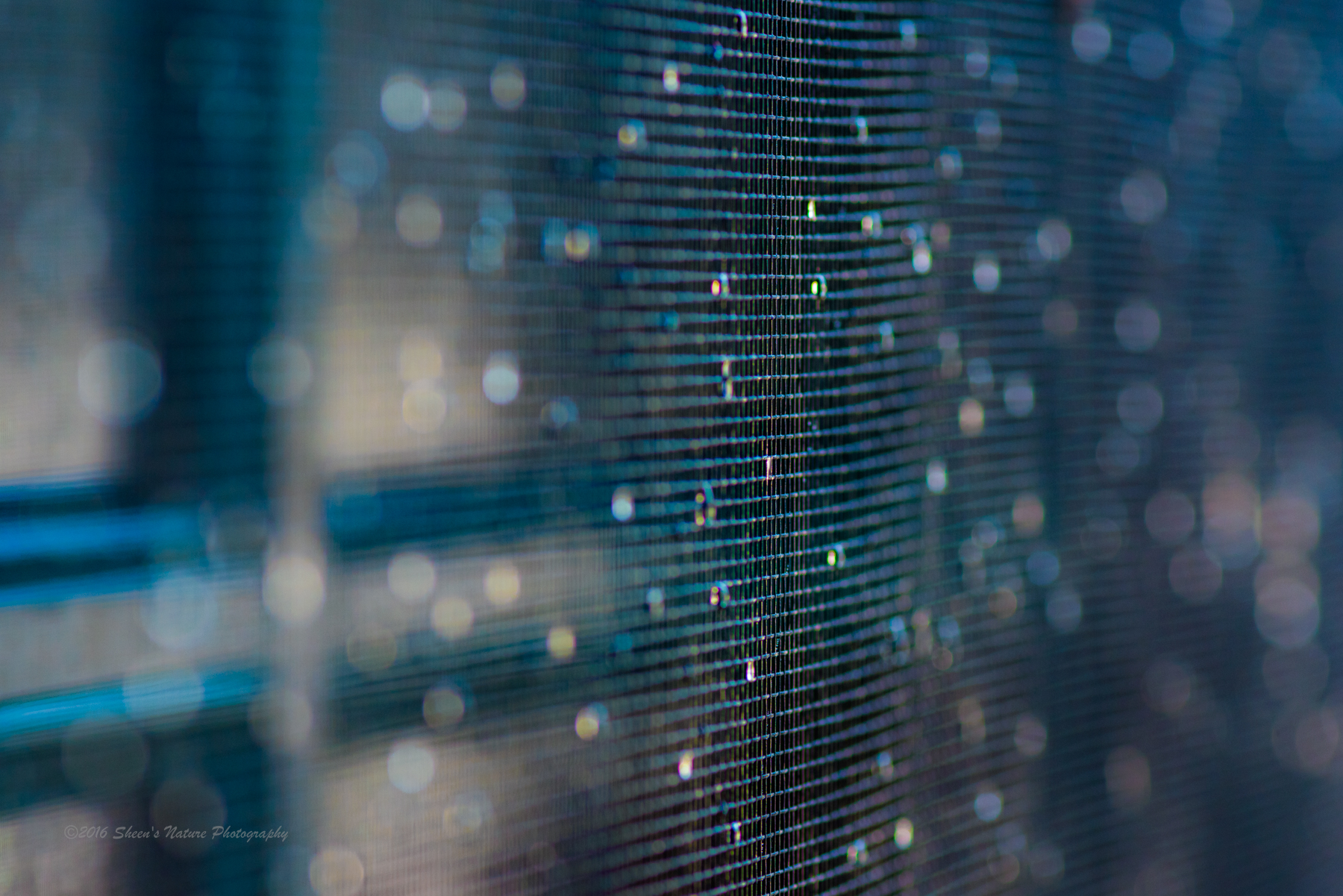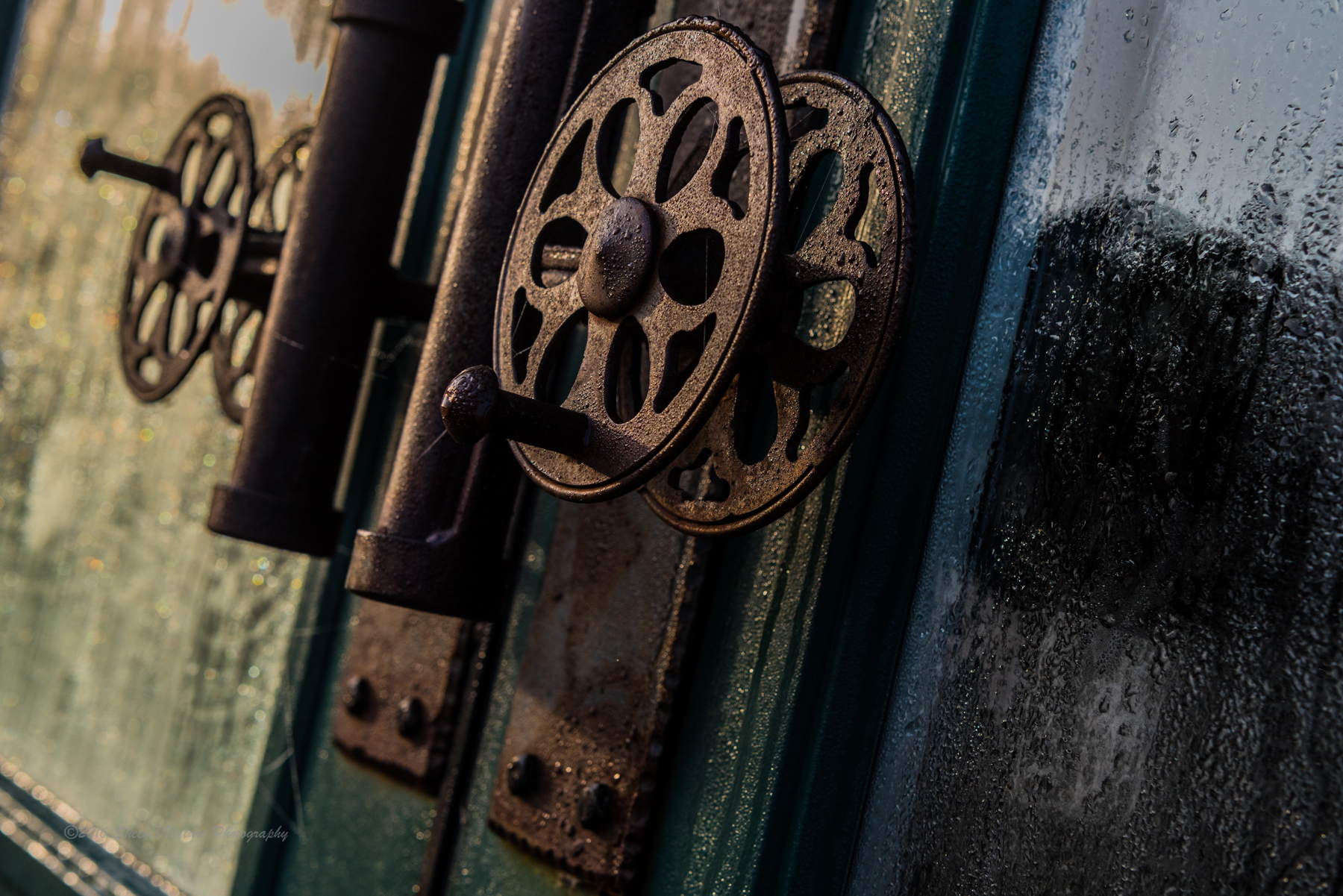
Why Invest Time In A Photography Project? Depending On The Nature Of The Project, It Can:
- Sharpen our fundamental skills,
- Force us to expand our creative eye
- Trigger new approaches in post processing and
- Re-energize our photography overall. Some of our best photography project moments surface when we least expect it. We may intend to go on a designated shoot and either it's not what we planned or the atmosphere doesn't feel right.
If your plans don't work, rework your plan!
Before starting a project of this kind, you might want some inspiration or to further your skills whilst trying out something of this nature. Start by checking out this excellent course guide “The Creativity Catalog”. Packed full of useful pro tips with fun and challenging assignments!
The Photography Project
On a recent short trip to Branson, Missouri for a non-photography related event, I had my camera gear in tow to tackle various nature shoots. With rolling Ozark Mountain hills, winding rivers and a quaint downtown, surely I would definitely find some fun and interesting moments.
My plan? Start during the blue hour to capture the layers of fog and soft color pallet.
Then, I would capture the golden sunrise cutting through the dense mist and followed by some macro work in a few southern, floral gardens.
With a short window of time, my photography adventure began with a few short bursts of images before I was quite frankly, a bit bored. I was finding the same type of subjects, same look of other previous shoots. I felt routine versus creative. Too many shots of the same subject.
What to do? It was early, my friends were back at the hotel sleeping. I have to admit, it was a bit tempting to pack it in and restart the day with them a bit later. But that didn't feel right either.
Instead, I created a quick photography project with a plan that would fight my bored mindset. To ensure simplicity since I had a brief amount of time, I limited the project to five criteria:
- Stay Away From The Comfort Zone – In this case, that meant trying to avoid pure nature shots as the subject. That meant flowers, bees, birds and other wildlife unless it fit my ‘project' criteria.Instead, I looked for a subject/area that had a variety of objects, textures, designs and themes. I landed on a restaurant on the river that had a fishing and nautical theme.
- Limit The Lenses/Expand The Horizons – It's easy to reach for a favorite lens. Instead, it was time to step away from the favorite telephoto lenses and commit to a different focal length.If you have a tendency to carry too much gear (my number 1 challenge!), try carrying one maybe two lenses to encourage a more creative eye. Or, stick with a prime lens or one focal length (even if you have a zoom).I opted to use one zoom lens, a 24-70mm zoom lens for larger scale scenes. I also included my 105mm Macro lens to hone in on details. Since the weather changed quickly, the travel tripod was nearby.
- Go For The Abstract Versus “The Big Picture” – Search for interesting details. Separate the reality of your subject by using imagery, creative composition, lighting and texture.The photo below was an exterior screen to one of the windows on the fish house. The moisture, filtered sunlight combined with the tarnished metal screen worked together for an abstract window view.You don't have to look very far to find an abstract moment. Check out these helpful links to inspire some ideas for your own project:
Abstract Photography is Everywhere
22 Abstract Photography Examples
3 Tips for Creating Abstract Photography
- Think ahead of post processing. – The intention was to identify a subject(s) with the intention of more dramatic, artistic adjustments in post processing. The image below was processed three different ways after cropping and shifting the original composition.The image was an exterior door knob that I turned diagonally in post processing to give it a bit more interest. The first image was processed using basic adjustments. This was followed by using the “Old Photo” recipe in Google's Nik Software. The last was a traditional black and white.
- Imagine it in black and white – “The world is in color, you have to work at black and white.” by Andrew Maclean resonated for this quick project.The challenge was to see objects without their color. The image below was one of the few nature moments I captured during the project. In July, Branson, Missouri and other southern states can be quite hot and muggy.When staring at the fog, I didn't see the ‘heat' when thinking in terms of black and white. It was a mystery. A hint of loneliness. What could emerge through the fog?
Where will your next photography adventure take you?
If you find that you are starting to have a ‘rinse and repeat' shoot, take a few minutes and create your own photography project. Remember, the objective is to move away from your comfort zone and elevate your creativity!
If after this article you're still looking for some inspiration of just want to further your skills whilst trying out a photography project, check out this excellent course guide “The Creativity Catalog”. Packed full of useful pro tips with fun and challenging assignments!
Further Resources
- What Are The Golden And Blue Hours and How Do They Help Photographers? by Dzvonko Petrovski
- How The Importance of “Thrill” in Photography Has Been Forgotten by Jason D. Little
- 3 Ways For Photographers to Bring Out Their Artistic Flare by Sheen Watkins











